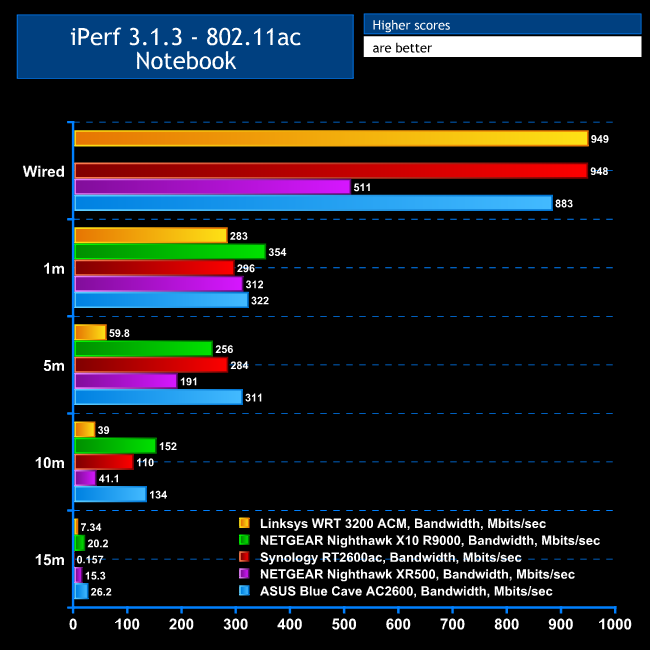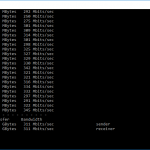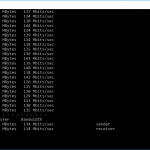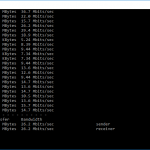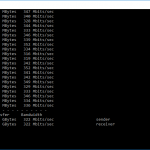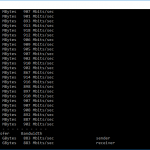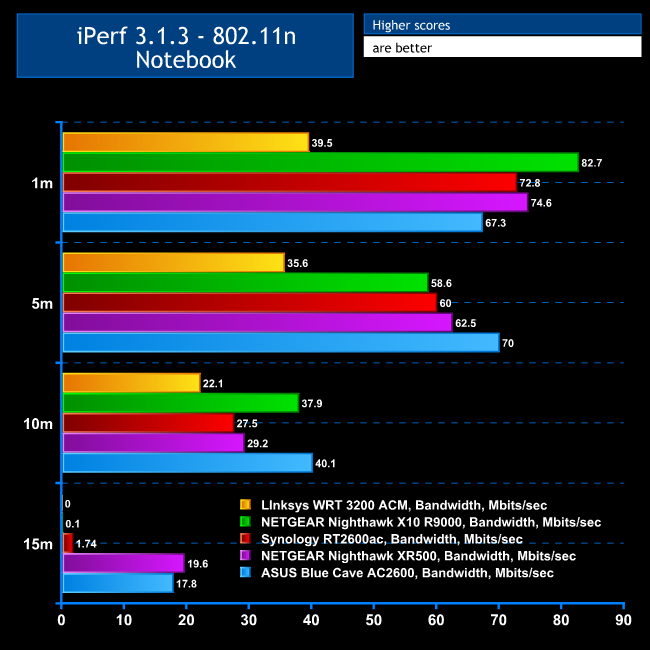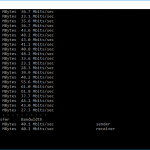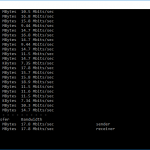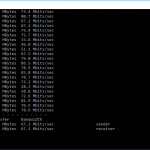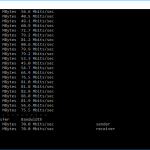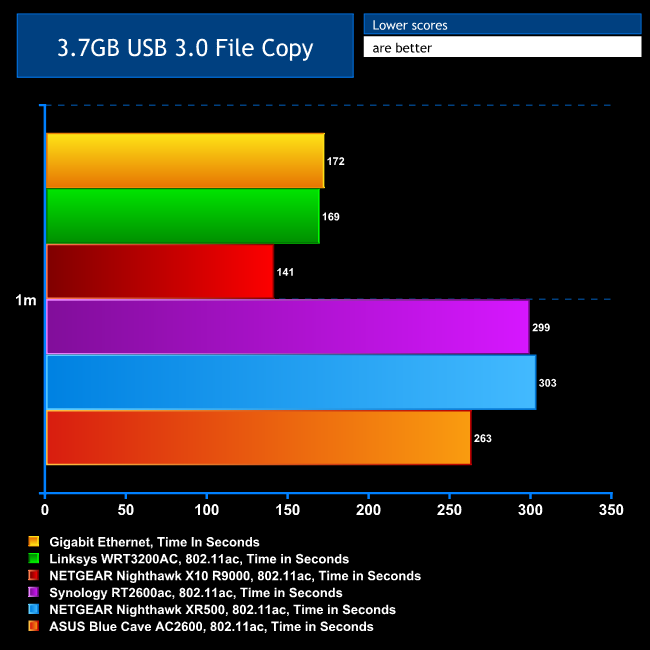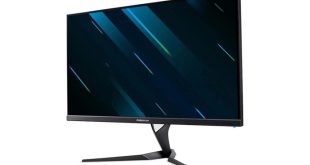We tested the performance of ASUS Blue Cave AC2600 in two ways. First, we wanted to assess the raw throughput across the two different WiFi standards it supports – 802.11ac and 802.11n. We also tested the speed of the USB 3.0 port via 802.11ac.
For the first test we used the open-source iPerf 3.1.3 software, and for the second test we used a 3.7GB file collection. Three Windows systems were used. One was an Armari AMD Threadripper workstation running Windows 10, one an HP Spectre 13 X2 (for 802.11ac) and the third a HP Folio 13 (802.11n only).
For all tests, the workstation was connected to one of the Blue Cave's Gigabit Ethernet ports, and the notebooks via WiFi connections. The notebooks were then placed in four different locations – within 1m of the router, approximately 5m away with a wall in between, 10m away and on a lower floor (with multiple walls and a floor in between), and then 15m away on a lower floor. We tested all four distances with the two WiFi standards, but only the 1m distance with the file copy.
With each WiFi standard and distance, we took 60 readings of throughput at one second intervals and calculated the average (iPerf does this automatically). For these tests, we are also comparing the Blue Cave’s performance with the NETGEAR Nighthawk XR500, Linksys WRT 3200 ACM, NETGEAR Nighthawk X10 R9000, and Synology RT2600ac.
802.11ac 5GHz
The Blue Cave may be stylish, but it clearly means business in the performance stakes. In this company, it was second fastest in close proximity over 802.11ac, fastest at 5m, second fastest at 10m, and fastest at 15m. The 5GHz radio is clearly powerful, and more than up to covering a medium-sized premises.
802.11n 2.4GHz
The story is the same with 2.4GHz 802.11n. The Blue Cave isn't the fastest at close proximity, but at 5m it is, and this continues to 10m. It's second only to NETGEAR's Nighthawk XR500 at 15m. Whether you're using 802.11ac or legacy 802.11n, the Blue Cave will deliver.
USB 3.0 File Copy
For this test, we hooked up a 32GB SanDisk Ultra USB 3.0 Flash Memory key to the Blue Cave's USB 3.0 port and configured it via the sharing interface as network storage. We then copied the 3.7GB Windows 10 installer ISO (unpacked into individual files) to the HP Spectre 13 X2 via 802.11ac.
The Blue Cave outperformed the NETGEAR Nighthawk XR500 and Synology RT2600ac, but the Linksys WRT3200AC and NETGEAR Nighthawk X10 R9000 were considerably quicker.
Overall, the Blue Cave is a wolf in sheep's clothing for performance as well as features. It may be aesthetically designed, but it's no wallflower. There is serious WiFi grunt under the pretty surface.
 KitGuru KitGuru.net – Tech News | Hardware News | Hardware Reviews | IOS | Mobile | Gaming | Graphics Cards
KitGuru KitGuru.net – Tech News | Hardware News | Hardware Reviews | IOS | Mobile | Gaming | Graphics Cards


